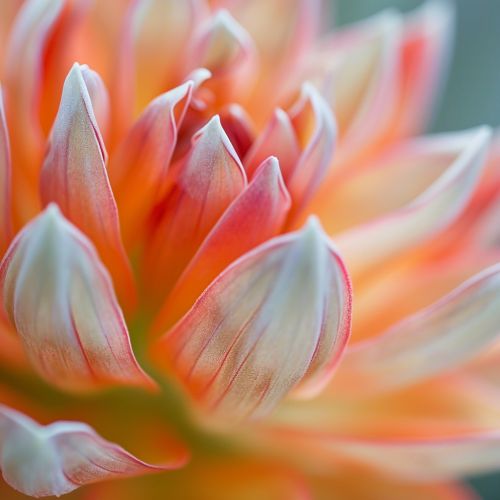Fibonacci number
Introduction
The Fibonacci sequence, named after Italian mathematician Leonardo Fibonacci, is a series of numbers in which each number is the sum of the two preceding ones, usually starting with 0 and 1. This sequence has been widely studied in mathematics due to its intriguing properties and applications in various fields such as computer science, biology, and finance.


Mathematical Definition
The Fibonacci sequence is defined recursively with the initial conditions F(0) = 0, F(1) = 1, and for n > 1, F(n) = F(n-1) + F(n-2). This definition encapsulates the additive property of the sequence, where each term is the sum of the two preceding terms.
Properties
The Fibonacci sequence exhibits numerous interesting mathematical properties. For instance, the sequence demonstrates an approximate geometric progression, which means that the ratio of successive Fibonacci numbers converges to a constant value, known as the golden ratio.
Another fascinating property is the periodicity of the Fibonacci sequence under modular arithmetic, also known as the Pisano period. This property states that, when Fibonacci numbers are divided by a certain number, the remainders will eventually form a repeating pattern.
Applications
The Fibonacci sequence has found applications in numerous fields. In computer science, the sequence is used in algorithms for sorting and searching data. In biology, the Fibonacci sequence is seen in the arrangement of leaves on a stem, the branching of trees, and the arrangement of a pine cone's bracts. In finance, Fibonacci numbers are used in technical analysis to predict changes in stock market trends.
Fibonacci Numbers in Nature
The Fibonacci sequence is often associated with nature, as it frequently appears in natural phenomena. This includes the number of petals on flowers, the arrangement of seeds on a sunflower, and the spirals on a pineapple. This phenomenon is often referred to as Phyllotaxis.
Fibonacci Numbers in Art and Architecture
The Fibonacci sequence has also been used in art and architecture, often in relation to the golden ratio. This is seen in structures such as the Parthenon and artworks like The Last Supper by Leonardo da Vinci.
